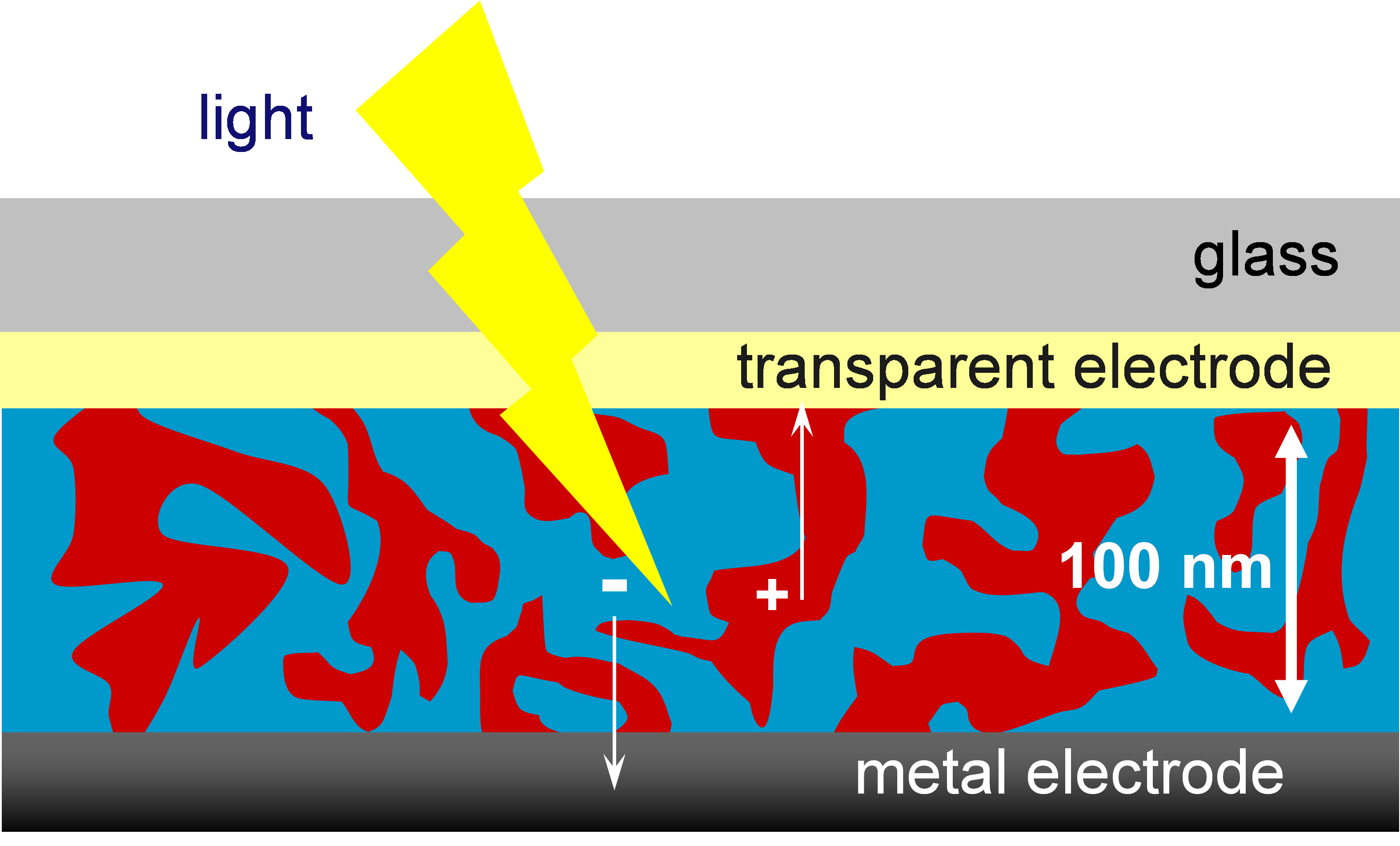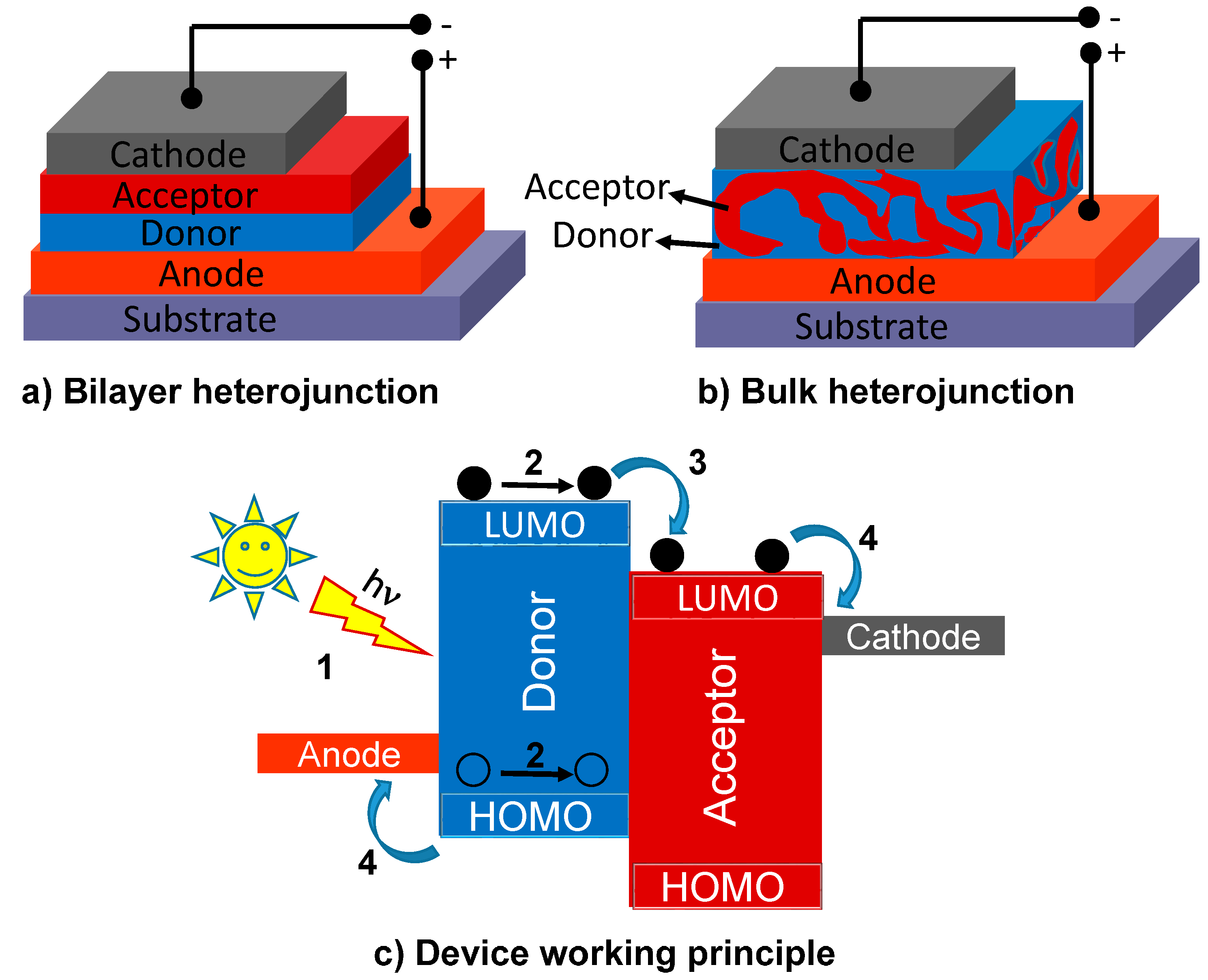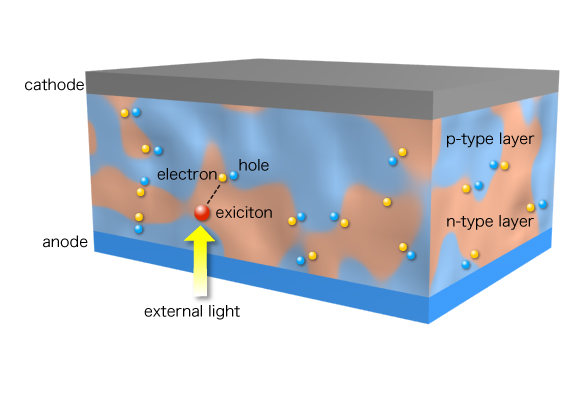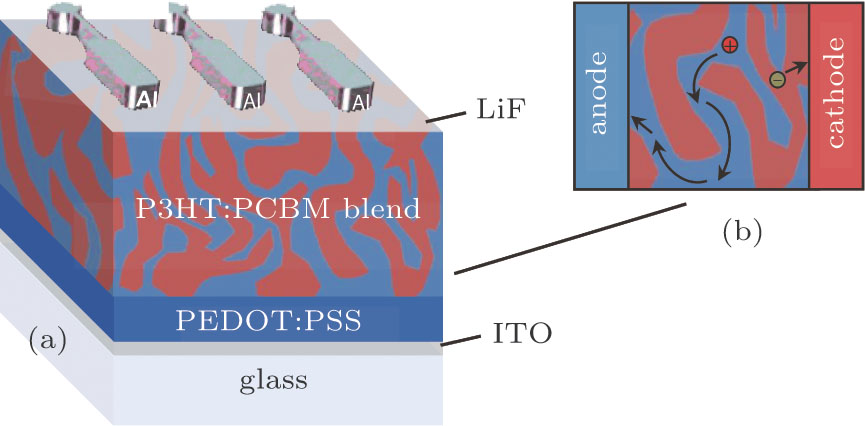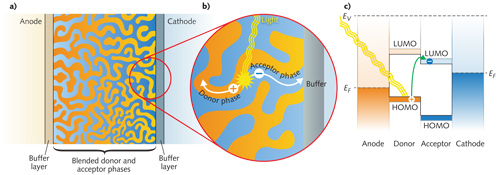Remarkable improvement in durability of bulk heterojunction solar cells remarkable progress has been achieved during the last ten years.
Bulk heterojunction organic solar cells.
Bulk heterojunction organic solar cells.
In this work double bulk heterojunction organic solar cells are fabricated by sequential blade cast in ambient conditions.
Polymer fullerene bulk heterojunction solar cells are a type of solar cell researched in academic laboratories.
While the first devices had to be stored in an inert atmosphere and degraded quickly on exposure to sunlight today small organic pv modules on flexible substrates with operational lifetimes of a few years are available.
The performance of organic solar cells oscs depends on a fine carefully optimized bulk heterojunction bhj microstructure.
Five core technologies for their commercialization hongkyu kang school of materials science and engineering research institute for solar and sustainable energies gist icl international collaboration r d centre heeger center for advanced materials gwangju institute of science and technology.
While most advances of the device performance come from the design.
Past studies on a tandem strategy of integrating perovskite and bulk heterojunction bhj increased the fabrication complexity.
In this article recent advances in understanding and controlling the bhj mor.
The nature and order of the blocking layers as well as the nature of the metal electrode.
Silicon solar cells specifically fullerene derivatives act as electron acceptors for donor materials like p3ht poly 3 hexyl thiophene 2 5 diyl creating a.
However for a large scale roll to roll r2r manufacturing of this technology and precise device fabrication further improvements are critical.
In the last few years the performance of organic solar cells oscs based on bulk heterojunction bhj structure has remarkably improved.
Unsatisfactory light harvesting over the wavelength of 500 nm is a critical factor limiting the further improvement in efficiency of halide lead based perovskite solar cells pscs.
The bulk heterojunction blend of an electron donor and an electron acceptor material is the key component in a solution processed organic photovoltaic device.
Polymer solar cells usually consist of an electron or hole blocking layer on top of an indium tin oxide ito conductive glass followed by electron donor and an electron acceptor in the case of bulk heterojunction solar cells a hole or electron blocking layer and metal electrode on top.
Photovoltaic cells featuring a polymeric blend of organics have shown promise in a field largely dominated by inorganic e g.








